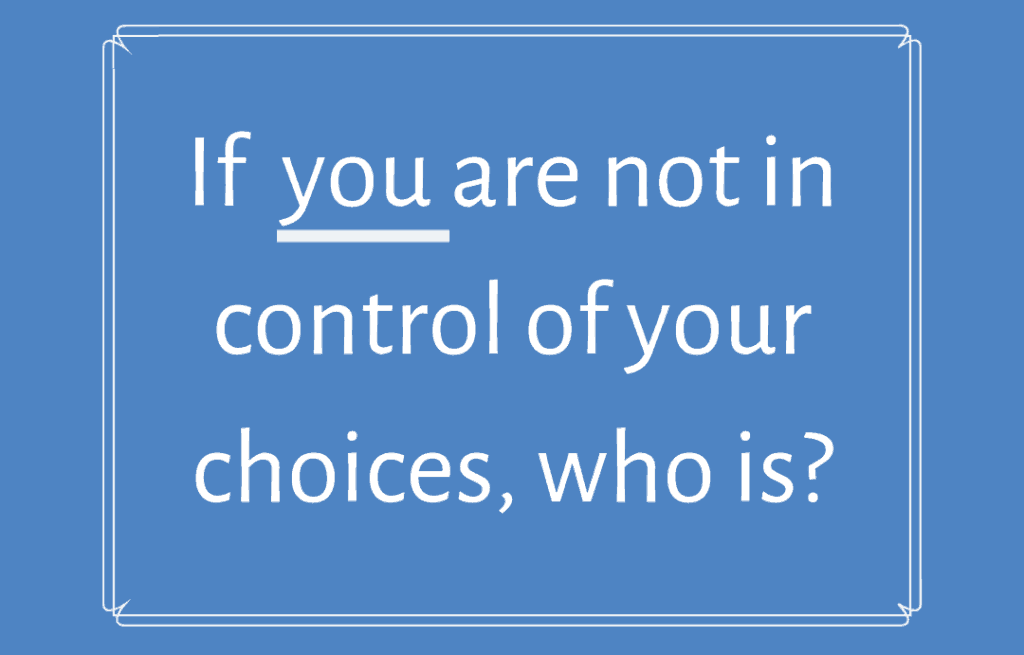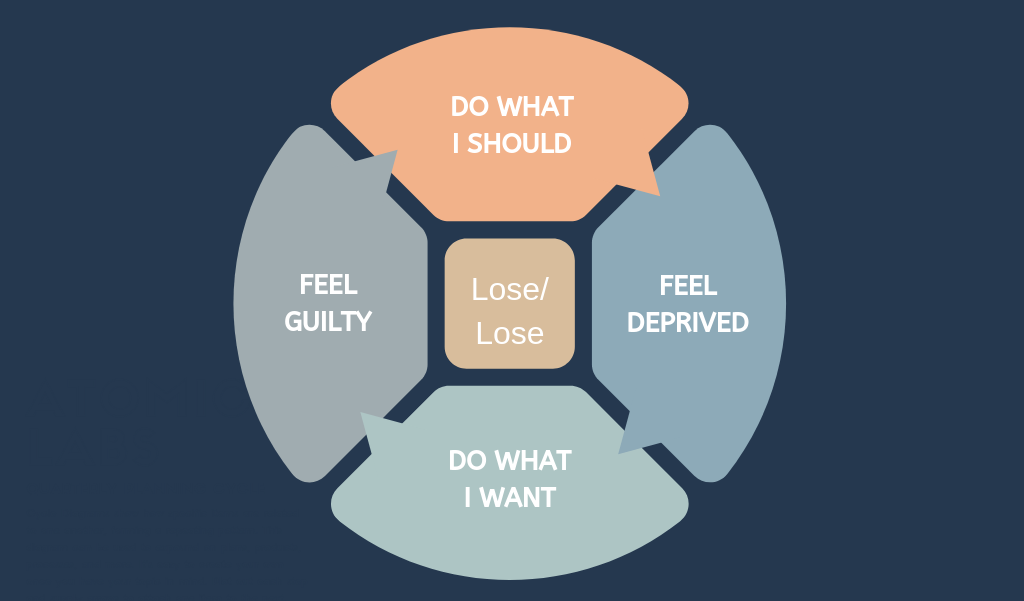“I’ve tried everything and nothing has worked. ”
I hear this all the time. But, often, when we really peel back the layers, it turns out that they haven’t tried anything at all. Not really.
Here’s how it usually goes down:
You decide to eat more mindfully or cut out after dinner snacking or exercise before work. You make a plan and schedule it all in. And that’s where the effort peaks.
Maybe you stick to the plan for a day or 3. And then, you start to hit some resistance. You get impatient. It’s hard and it’s not working yet. So you conclude that it’s not for you and start looking for the next thing.
When we continually jump from thing to thing, and don’t stick with anything long enough to get results, we get nowhere. We say we’ve tried everything and nothing works. But in reality, we’ve tried nothing.
The only way to get results that last is to permanently change your behavior. And true behavior change takes sustained effort. Fortunately, it doesn’t have to be extreme or excruciating effort. Just sustained.
And it’s not a matter of picking the best strategy or approach. Take 100 steps on any path and you’ll be much closer to your destination than taking the first 10 steps on 10 different paths.
So, the next time you commit to a positive change or action, no matter how small, commit to staying the course. Give yourself time to actually create and reinforce that new habit pattern. (They say creating a habit takes 21 days but it depends on the habit. You know it’s a habit when you no longer have to decide whether or not to do it. )
Give that new behavior time to bear fruit before deciding that something else will work better.
“Something else” won’t work better. The things you stick with are going to be the things that work or, at the very least, lead you to the things that work.

 Often, as I’m getting near the end of my cup, I have the urge to make a second cup. To extend the pleasure for a few more minutes. Lately, I’ve been experimenting with not giving in to this urge.
Often, as I’m getting near the end of my cup, I have the urge to make a second cup. To extend the pleasure for a few more minutes. Lately, I’ve been experimenting with not giving in to this urge.

 It’s easy to blame a lack of motivation for our lack of progress. But maybe this is a bit of an excuse. Especially if we are nurturing a fantasy that being motivated to change means that change will be effortless. It won’t be.
It’s easy to blame a lack of motivation for our lack of progress. But maybe this is a bit of an excuse. Especially if we are nurturing a fantasy that being motivated to change means that change will be effortless. It won’t be.